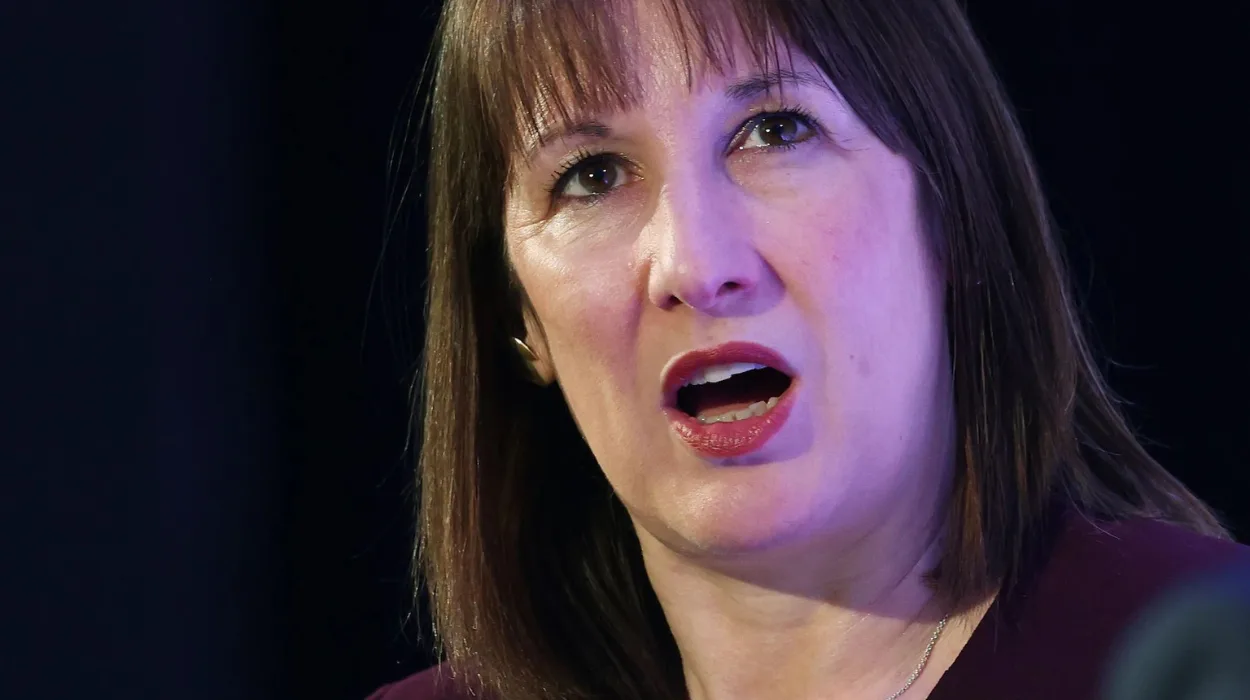UK (Parliament Politics Magazine) – Labour’s pension reform may let firms tap £160bn in surpluses, risking final salary schemes’ stability while generating a £40bn tax boost for the Treasury.
As reported by The Telegraph, Labour plans to lift safeguards protecting pensions from high-risk investments, raising concerns over retirees’ financial security.
Under new proposals, the Government plans to allow pension schemes to access funds that exceed their current liabilities.
How will Labour’s pension reforms impact £160bn in surplus funds?
The reforms allow companies to channel excess pension funds into business activities, removing protections against high-risk exposure.
According to figures from Hymans Robertson, nearly 8.8 million people are enrolled in defined benefit pension schemes, which collectively hold a £160bn surplus.
Businesses accessing pension funds will face a 25% tax upfront. This tax boost is essential for Rachel Reeves’ budget plans. It aims to prevent any breach of fiscal targets.
Under the new regulations, the Treasury stands to gain up to £40bn if firms fully utilise the £160bn pension surplus.
The Department for Work and Pensions outlined the Government’s plans last year, including a consultation on extracting surplus pension funds.
Although schemes may release surplus funds, strict rules meant to safeguard pensions limit such actions.
What Dennis Read warns about risks of pension fund raids?
Experts warn ministers to review the plans before moving forward. Dennis Read of Silver Voices, part of the new campaign group Pension Security Alliance, stated,
“If a company has cash flow problems it will be tempting to raid the pension fund, claiming that the purpose is investment, so leaving the scheme underfunded and unstable if the company collapses.”
What did Sir Steve Webb say about using surplus cash to boost pension benefits?
Sir Steve Webb, ex-pensions minister and LCP partner, said the changes could allow surplus funds to improve benefits for current members.
He highlighted improved inflation safeguards for schemes linked to service before 1997 as an example.
What did John Ralfe say about pension security and surplus rules?
John Ralfe, independent pensions consultant and head of two pension schemes, said,
“The detailed regulations that ministers are proposing must make sure member security is the absolute priority.”
He added,
“Surpluses must be defined on a tough basis. Scheme assets must also match liabilities to minimise the risk of market movements causing any future deficit.”
What did Mel Stride call an “extraordinary overreach” by Labour?
Mel Stride, the shadow chancellor, stated that the reforms were an extraordinary overreach.
He added,
“Labour is crossing the Rubicon into directing the public’s savings. Pension pots are there to secure retirements, not to bankroll a government.”
Difference between defined benefit and defined contribution
Defined benefit scheme
- Guaranteed Income: Retirees receive a fixed, regular income based on salary (final or career average) and years of service.
- Employer-Managed: The employer bears investment risk and manages the fund.
- Inflation Protection: Payouts often increase with inflation.
- Strict Access Rules: Typically accessible only at retirement age (~65), with limited early withdrawal options.
- Predictability: Retirement income is stable, unaffected by market performance.
Defined contribution scheme
- Flexible Contributions: Both employee and employer contribute; higher contributions can grow the pot faster.
- Investment-Dependent: Final value depends on contributions + market performance (higher risk/reward).
- Early Access: Withdrawals allowed from age 55 (may rise to 57 in the future).
- Retirement Choices: Funds can be used for drawdown (flexible withdrawals) or annuities (fixed income).
- No Guarantees: Retirement income depends on fund growth—no fixed payout.


